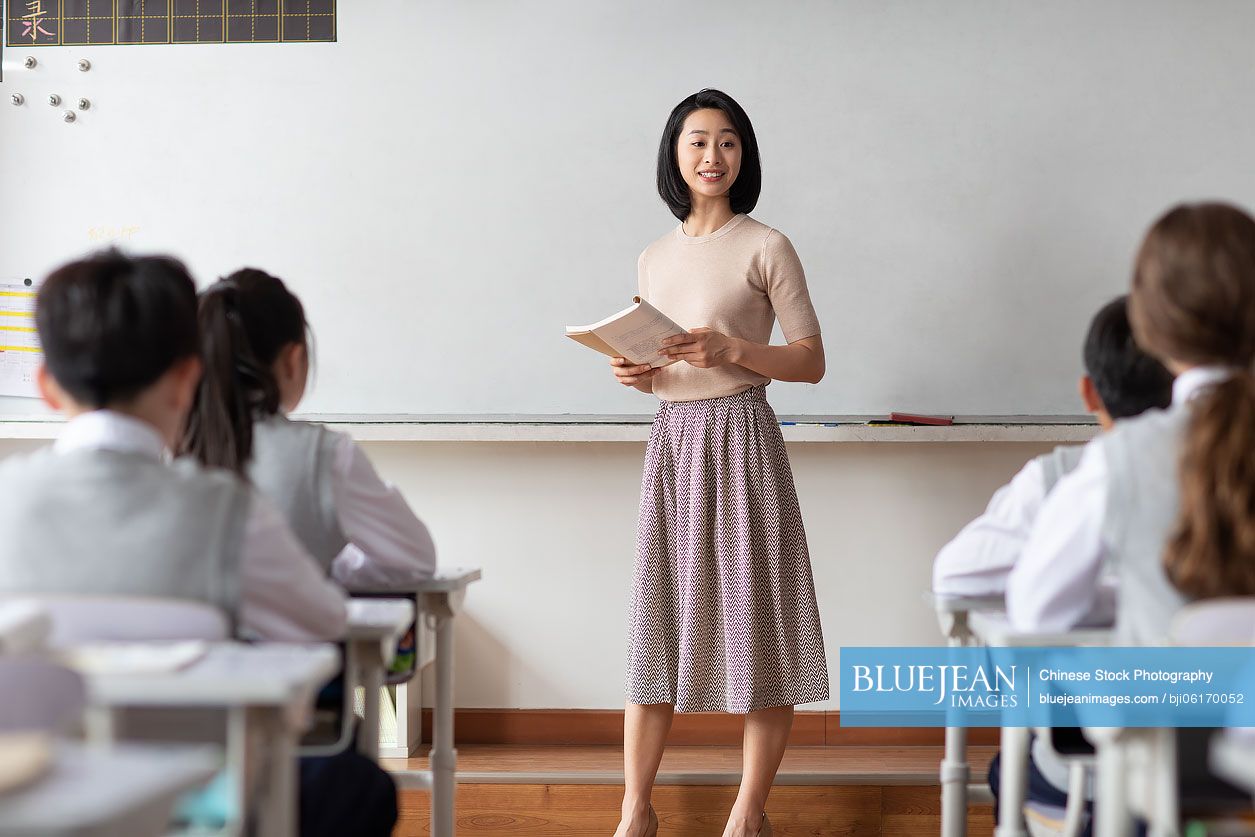The evolving landscape of education necessitates a profound understanding of the character of the child. Within the framework of Bahá’í teachings, the role of the teacher is paralleled to that of a doctor, emphasizing the nurturing of the child’s innate potential rather than merely imparting knowledge. This essay will explore this intriguing analogy and its wider implications for both pedagogy and the holistic development of children.
At the core of Bahá’í philosophy lies the belief in the inherent nobility of every individual. Children are viewed as pure and unblemished, akin to a canvas waiting for the artist’s brush. This perspective astutely observes that, much like a physician who diagnoses and treats ailments, a teacher must carefully assess the unique attributes of each student. The Bahá’í teachings encourage educators to look beyond superficial behavior and to comprehend the underlying motivations that govern a child’s actions.
The analogy of the teacher as a doctor is not merely whimsical; it carries immense weight in addressing a common observation among educators: the recognition that children often display complex behaviors that may perplex adults. A child’s misbehavior or disengagement in learning can often provoke frustration. Instead of attributing these actions to defiance or lack of interest, the Bahá’í approach urges educators to consider deeper causes. These can include emotional turbulence, environmental stresses, or even unfulfilled potential.
Just as medical practitioners endeavor to understand the root causes of their patients’ ailments, educators must cultivate a diagnostic mindset. This attitude fosters an environment of empathy and support, creating conditions conducive to learning. By employing careful observation and thoughtful inquiry, teachers can unveil the layers of a child’s psyche, thus facilitating a more effective teaching strategy. This method aligns with the Bahá’í tenet that emphasizes the significance of understanding and addressing the spiritual and psychological needs of students.
Furthermore, the Bahá’í writings underscore the critical role of love and support in the teacher-student relationship. A compassionate approach can heal the psychological wounds that inhibit learning. The nurturing warmth of a committed educator has the transformative potential to ignite a child’s desire to learn. Indeed, the Bahá’í framework recognizes that love is a powerful catalyst for growth. As stated in the teachings, “In this day, the strongest, the most potent force, is the title of beloved.” Thus, the acknowledgment of a child’s value is foundational to their development.
In the light of these principles, it is essential for educators to cultivate qualities that mirror the virtues of a skilled physician. Patience, observance, and discernment are paramount. The Bahá’í perspective implores teachers to be both compassionate and insightful, recognizing the diverse challenges that young learners face. Each child is an emergent individual with a nascent spirit, deserving of acknowledgment and understanding.
The concept of nurturing also extends to creating a supportive environment conducive to growth. This not only encompasses physical spaces but also the emotional atmospheres fostered within the classroom. Teachers, as healers of the spirit, must strive to establish environments where children feel secure, valued, and encouraged to express themselves. Such an atmosphere enables risk-taking in learning and cultivates resilience. It is through this supportive framework that children can explore their identities and develop their interests, aptitudes, and skills.
Engagement with parents and guardians is another critical aspect of the educational landscape highlighting the doctor-teacher analogy. Just as doctors often enlist the support of family in a patient’s recovery, educators must actively involve families in the educational journey. In partnership with parents, teachers can create a cohesive support system that reinforces learning and development outside the classroom. This collaboration further nurtures the child’s self-worth and bolsters their potential, which is essential in a holistic approach to education.
Moreover, the Bahá’í teachings espouse a global perspective, urging educators to consider the universal education of children. In this regard, a teacher’s role expands beyond the confines of their classroom to embrace the broader societal context. Educators are encouraged to instill a sense of global citizenship in their students, fostering an awareness of the interconnectedness of humanity. It is imperative for young individuals to recognize their agency in contributing to a more just society—the very essence of being an effective global citizen.
To this end, the fundamental virtues that characterize the character of a child include justice, compassion, and truthfulness. Acknowledging and fostering these attributes should be at the forefront of an educator’s mission. It is within the development of these qualities that the potential for peace, unity, and prosperity resides. Just as a doctor aims to restore health and well-being, so too does a teacher strive to cultivate virtue and character in their pupils, thereby contributing to the essential fabric of society.
In conclusion, the Bahá’í teachings present an insightful metaphor of the teacher as a doctor, underscoring the significance of understanding, nurturing, and supporting children’s complex characters. By viewing education through this lens, we glean vital insights into the nature of the child and the crucial role of the teacher in facilitating optimal development. The journey of fostering knowledge, character, and ethics is not simply an academic endeavor; it weaves together the very essence of humanity’s future. In nurturing the child, we ultimately contribute to the betterment of society. This holistic approach ensures that both teachers and students embark on a shared journey toward enlightenment and joy, enriching the collective human tapestry.
